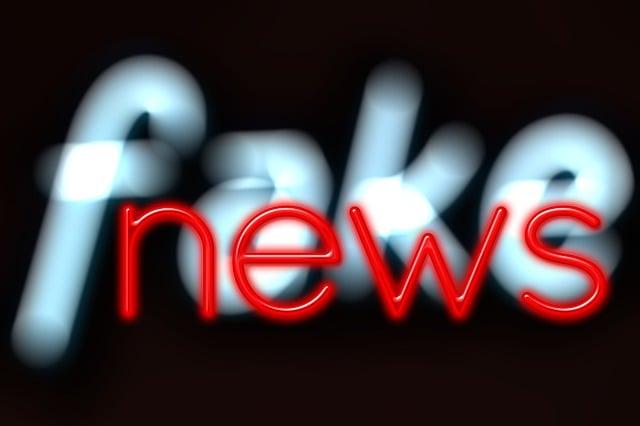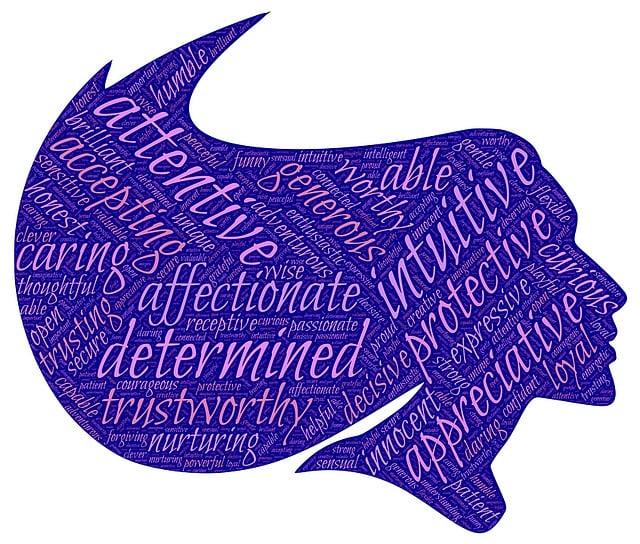In a world where information flows faster than ever, the media serves as both a beacon of truth and a labyrinth of complexity. In Pakistan, this duality is acutely felt, as the nation grapples with its identity amidst the challenges of political unrest, societal shifts, and digital transformation. “Navigating Truth: The Evolving Landscape of Pakistani Media” embarks on an exploration of this dynamic realm, where journalists strive to illuminate the shadows while confronting the specters of censorship, misinformation, and partisan agendas. From the rise of independent news outlets to the influence of social media platforms, we delve into how the quest for truth is reshaping the narratives that define a nation’s consciousness. Join us as we unearth the stories, struggles, and triumphs that characterize the ever-changing media landscape in Pakistan, highlighting the resilience of those who dare to question and the significance of the truth in the fabric of society.
Understanding the Historical Context of Pakistani Media Dynamics
To comprehend the complexities of today’s media in Pakistan, it is essential to recognize the evolution shaped by various historical factors. The roots of Pakistani journalism can be traced back to the colonial era, where media served as a conduit for nationalist fervor and the quest for independence. Following the partition of 1947, the narrative ground shifted dramatically, with state control becoming more pronounced. Key milestones in this evolution include:
- The Emergency of 1958: Marked a significant clampdown on freedom of the press, leading to increased censorship.
- The Rise of Television in the 1970s: Introduced a new dimension to media, expanding the reach of information dissemination.
- The 1980s and the Advent of Cable: Brought about a diversification of voices, despite ongoing government restrictions.
In the contemporary landscape, the intersection of technology and politics has further complicated the media’s role in society. The proliferation of digital platforms has democratized information sharing, but it has also invited issues such as misinformation and propaganda. The balance of power between traditional media and social networks reveals an ongoing struggle for credibility and influence. Today’s media dynamics are characterized by:
- Governmental Oversight: Continued efforts to regulate and control media narratives.
- Citizen Journalism: Empowerment of the public to report and comment on current affairs.
- Media Literacy Challenges: Growing need for critical consumption skills amidst the spread of fake news.

The Role of Digital Media in Shaping Public Perception
The proliferation of digital media has fundamentally transformed how information is disseminated, leading to a shift in public perception that is both rapid and profound. In the context of Pakistan, platforms like social media and online news portals have empowered citizens to access diverse viewpoints, fostering a sense of agency in shaping their understanding of political and social issues. This democratization of information, while beneficial, also poses challenges as it blurs the lines between credible journalism and sensationalist content. As a result, audiences must navigate a labyrinth of information to discern fact from fiction.
The impact of this shift is evident in the evolving strategies of media outlets, which now prioritize engagement through interactive content. Outlets are increasingly using multimedia elements—such as videos, podcasts, and infographics—to attract and inform audiences. This transformation has led to:
- Greater user interaction and feedback loops, allowing for real-time responses.
- Enhanced storytelling techniques that resonate with younger demographics.
- A rise in citizen journalism, where individuals report on local issues through their platforms.
| Digital Media Element | Impact on Public Perception |
|---|---|
| Social Media | Amplifies varied narratives, often creating echo chambers. |
| Online News Portals | Offers immediate access to breaking news, influencing public reaction. |
| Podcasts | Facilitates in-depth discussions, allowing for nuanced understanding. |

Challenges to Credibility: Misinformation and Censorship in the Information Age
The digital landscape in Pakistan is teeming with challenges that test the boundaries of credibility in media. Misinformation has become an insidious adversary, spreading with unprecedented speed through social media platforms and messaging apps. This phenomenon arises from a blend of factors, including the rapid dissemination of sensational news, the lack of verified sources, and the easy manipulation of facts. Consequently, many citizens find themselves mired in confusion, unable to discern what’s authentic from what’s fabricated. The implications are profound, as misinformation not only distorts public perception but also ultimately undermines trust in credible news outlets.
Meanwhile, censorship complicates the media’s role in safeguarding the truth. Various governmental and non-governmental entities impose restrictions intended to control the narrative, often branding dissenting voices as threats to national security. This creates an environment where self-censorship becomes a survival tactic among journalists and media houses. In contrast, state-run media may propagate a singular perspective, polarizing public opinion even further. A table below illustrates the dual challenges faced by Pakistani media in this climate:
| Challenge | Description |
|---|---|
| Misinformation | Rapid spread of false information via social media. |
| Censorship | Restrictions leading to suppression of diverse viewpoints. |
| Self-Censorship | Journalists curbing their expression to avoid backlash. |
| Lack of Source Verification | Difficulty in confirming the authenticity of news. |

Strategies for Upholding Journalistic Integrity and Fostering Public Trust
In an era where misinformation can spread rapidly, journalists must commit to a set of ethical principles that not only guide their reporting but also strengthen the foundation of public trust. Transparency is key; media organizations should openly disclose their sources and methods to empower audiences with the tools needed to discern credible information. To bolster integrity, journalists can adopt practices such as fact-checking and peer reviews of sensitive stories, ensuring that the content published is accurate and reflects multiple perspectives. Additionally, creating feedback channels where readers can engage and challenge narratives fosters a collaborative approach to truth-seeking.
Moreover, cultivating a culture of accountability within newsrooms is essential for upholding integrity. This can be achieved by instituting regular ethics training for reporters and editors, alongside establishing clear ethical guidelines that address contemporary challenges, such as the prevalence of social media. By prioritizing audience education on media literacy, organizations can equip the public with the critical thinking skills necessary to evaluate news sources effectively. Together, these strategies contribute to a resilient media landscape that champions truth while respecting the diverse voices within the Pakistani community.
The Way Forward
As we close the chapter on our exploration of the dynamic terrain of Pakistani media, it becomes evident that the quest for truth in this vibrant landscape is both complex and transformative. From the rise of digital platforms that amplify diverse voices to the enduring challenges posed by censorship and misinformation, the media in Pakistan continues to evolve in response to the demands of its society.
As the boundaries between traditional journalism and the rapidly expanding digital sphere blur, the responsibility of the media to uphold integrity and accuracy weighs heavily. It is clear that the journey for an informed citizenry, armed with the tools to discern fact from fiction, requires ongoing vigilance and engagement from all stakeholders—journalists, consumers, and policymakers alike.
navigating the truth within Pakistani media is not just about reporting; it is about fostering a culture of accountability, transparency, and dialogue. As we move forward in this ever-changing landscape, let us remain committed to supporting media that enriches democratic discourse and empowers individuals to seek and share the truth. After all, in a world brimming with information, the ability to discern truth is paramount—an endeavor that echoes far beyond the headlines and deeply into the fabric of society itself.



